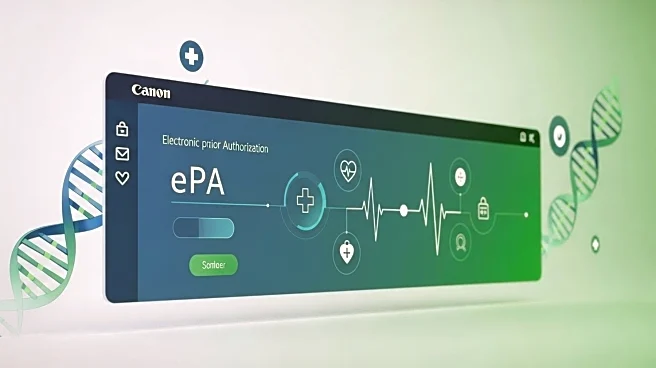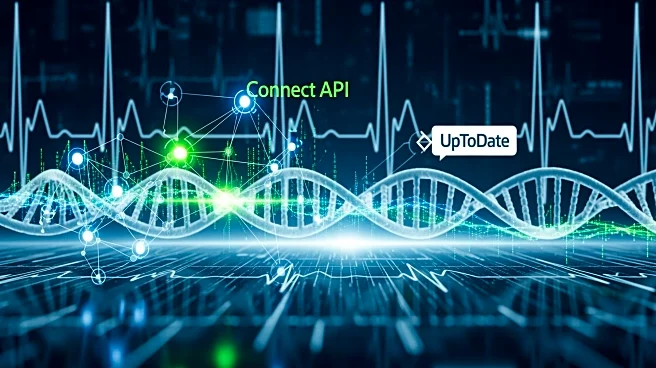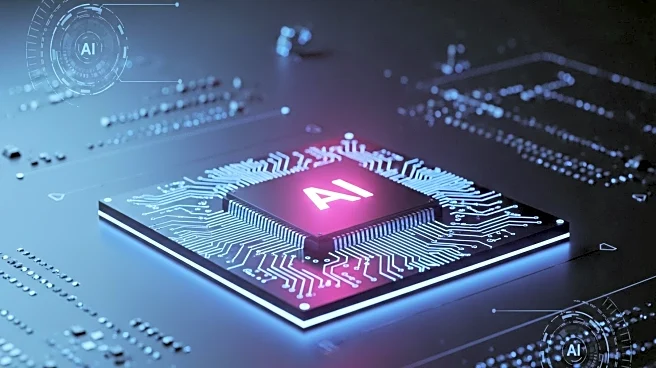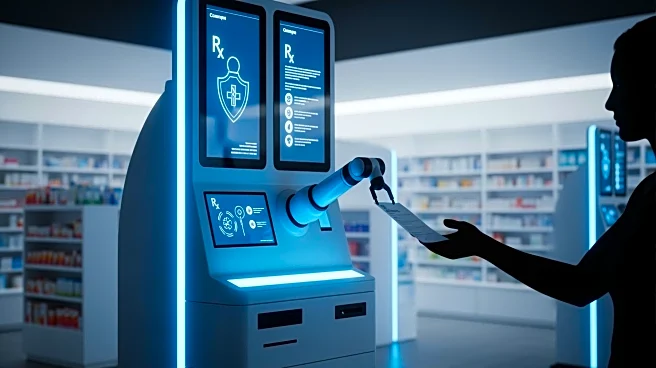What is the story about?
What's Happening?
Health systems are increasingly adopting optimized electronic prior authorization (ePA) processes to streamline medication approvals and reduce administrative burdens. Traditional prior authorization methods have been criticized for causing delays and increasing workload for healthcare providers. Optimized ePA aims to address these issues by integrating better data, workflows, and intelligent automation. This approach reduces unnecessary prior authorizations, consolidates prospective and retrospective workflows, and employs generative AI to improve accuracy and efficiency. The result is faster resolution times and reduced denial rates, enhancing patient access to necessary medications.
Why It's Important?
The implementation of optimized ePA is crucial for improving healthcare delivery and patient outcomes. By reducing administrative barriers and speeding up medication approvals, health systems can ensure timely access to treatments, which is vital for patient health and satisfaction. This innovation also alleviates the workload on healthcare providers, allowing them to focus on patient care rather than administrative tasks. The use of AI and integrated systems represents a significant advancement in healthcare technology, potentially setting new standards for efficiency and effectiveness in medical practice.
What's Next?
As health systems continue to adopt optimized ePA, the focus will be on further refining these processes to achieve touchless prior authorization, where approvals are automatically issued based on clinical data. This advancement could lead to even greater efficiencies and improved patient adherence to prescribed therapies. Health systems will need to invest in technology and training to fully realize the benefits of optimized ePA. The ongoing development and integration of AI in healthcare will likely drive further innovations in patient care and administrative processes.
AI Generated Content
Do you find this article useful?













